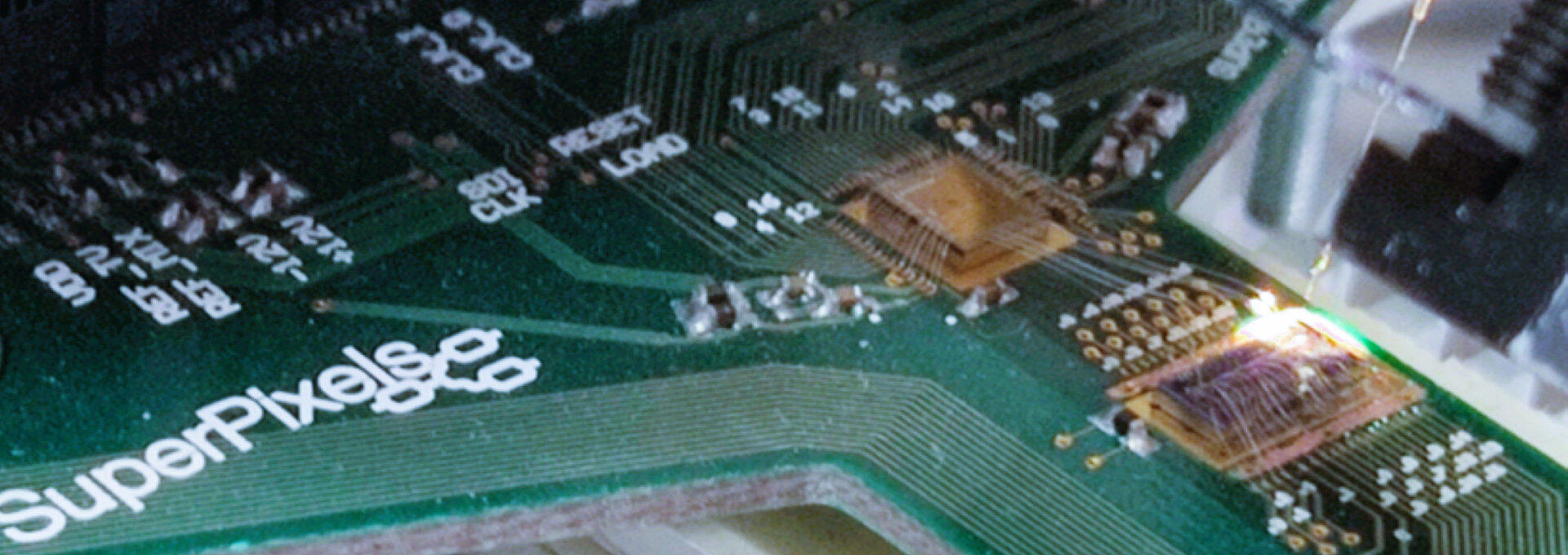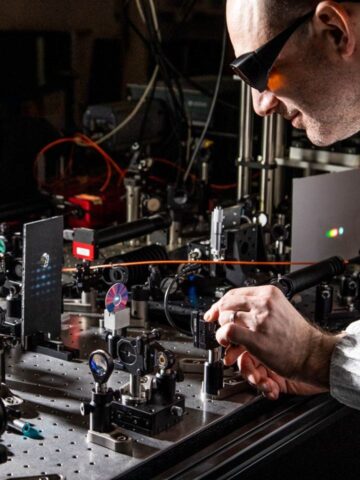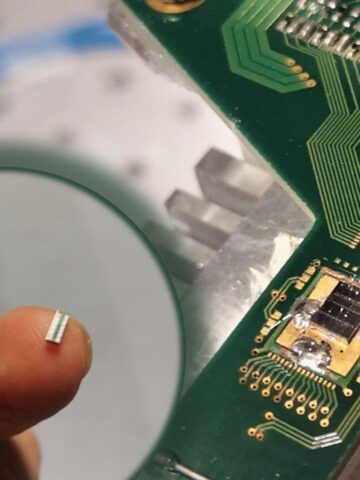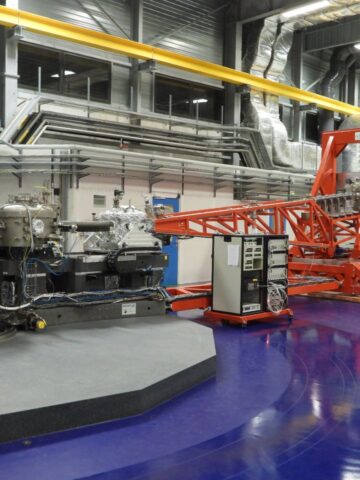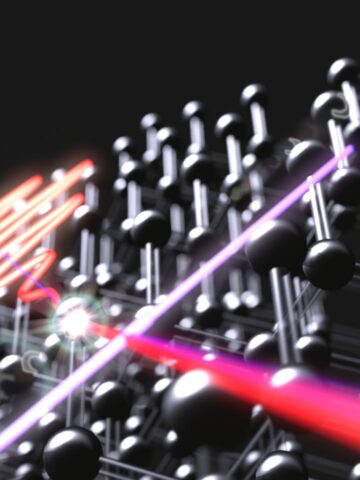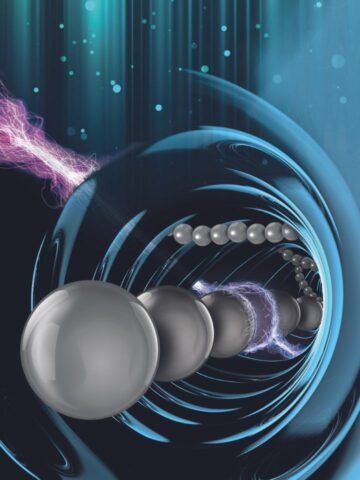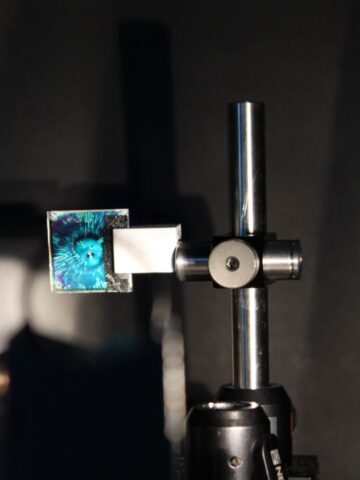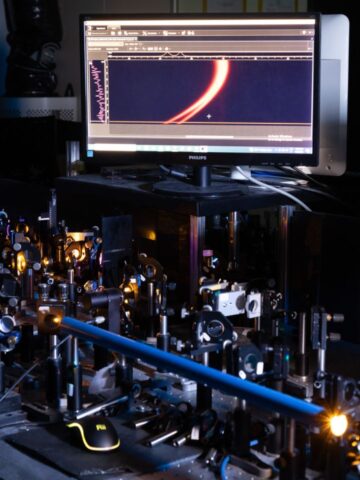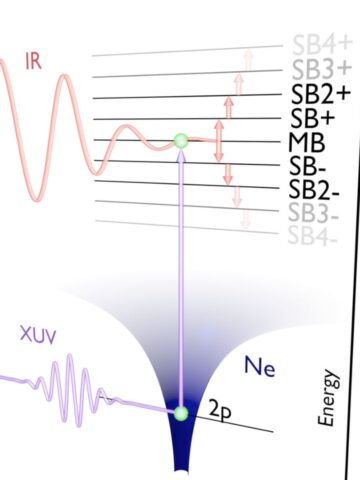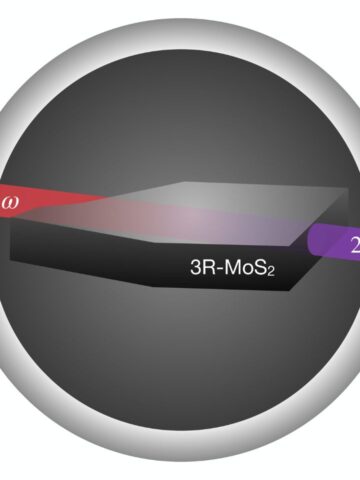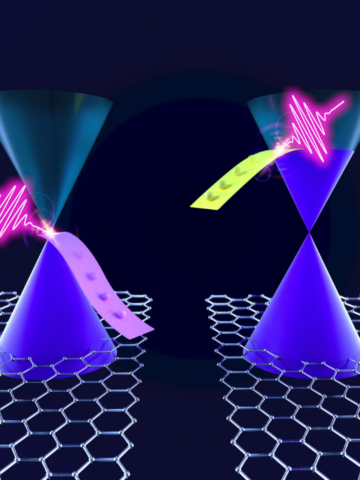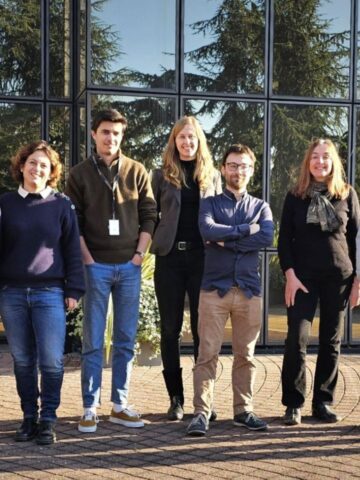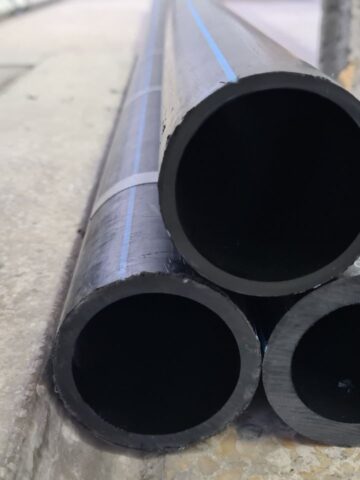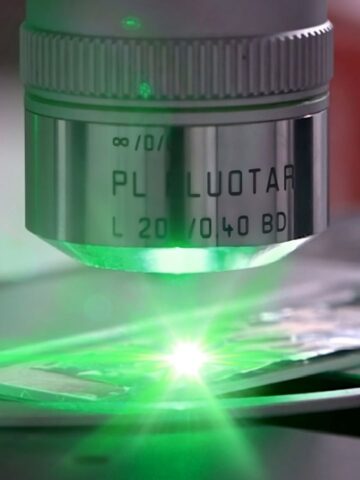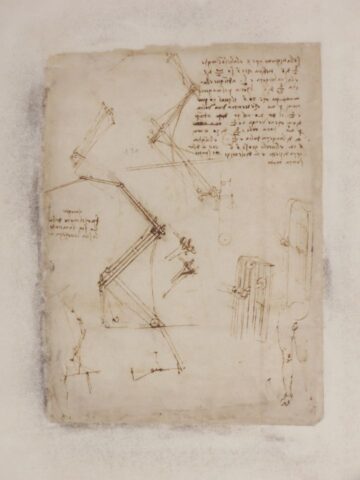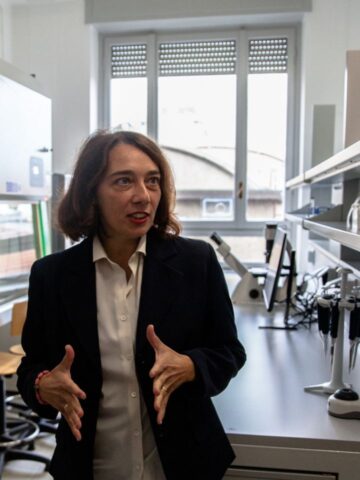In the field of cable transmission, the advent of optical fibres represented an epochal technological leap, allowing light to be used to transfer enormous amounts of data, and they now form the basic infrastructure of the Internet and global telecommunications systems.
For wireless communications too, it is expected that optical connections will soon represent the new frontier. Similarly to what happens in optical fibres, even in free space, light can travel in the form of beams having different shapes, called “modes”, and each of these modes can carry a flow of information. Generating, manipulating and receiving more modes therefore means transmitting more information. The problem is that free space is a much more hostile, variable and unpredictable environment for light than an optical fibre. Obstacles, atmospheric agents or more simply the wind encountered along the way, can alter the shape of the light beams, mix them and make them at first sight unrecognisable and unusable.
A study by the Politecnico di Milano, conducted together with Stanford University, the Scuola Superiore Sant’Anna in Pisa and the University of Glasgow and published in the prestigious journal Light: Science & Applications, has found a way to separate and distinguish optical beams even if they are superimposed and the form in which they arrive at their destination is drastically changed and unknown.
This operation is made possible by a programmable photonic processor built on a silicon chip of just 5 mm2. The processor created is able to receive all the optical beams through a multitude of microscopic optical antennas integrated on the chip, to manipulate them through a network of integrated interferometers and to separate them on distinct optical fibres, eliminating mutual interference. This device allows information quantities of over 5,000 Ghz to be managed, at least 100 times greater than current high-capacity wireless systems.
The activity is funded by the European Horizon 2020 Superpixels project, which aims to create next-generation sensor and imaging systems by exploiting the on-chip manipulation of light signals.
The studio is authored among the others by Francesco Morichetti, head of the Photonic Devices Lab and Andrea Melloni, director of Polifab, the Politecnico di Milano centre for micro and nanotechnologies.

